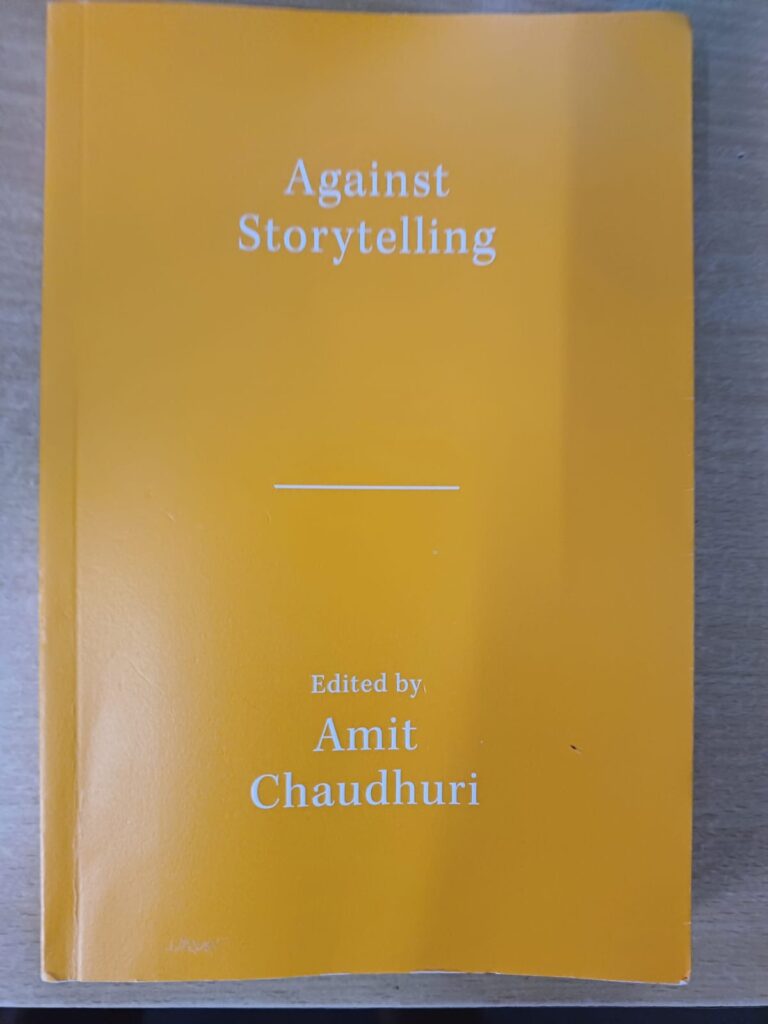Westland Books, 2024. 144 pages.
Book Review by K.S.Loganathan.
This book is a collection of essays delivered at a literary activism symposium in February 2018 on the impact of story telling and narrative on literary and art forms like the cinema, by eminent writers. Storytelling has gained impetus since the 1980s with the narrativity of globalism, and the subjects that keep the assembly line of global fiction moving- historical injustices, acts of terrorism, personal turmoil etc,- have enmeshed the reader in a lateral, connected network from which there is no escape. It deviates from the literary forms of poetry and novel writing and it has cut into the habit of reading of the educated public. Hyperfascination with stories is an addiction, a “virus from inner space” as Charles Bernstein remarks. If the story is believable, the facts don’t matter.

Storytelling continues to fascinate us because it is both an escape from boredom and a search for a modern identity. However, for journalists, it hinges on events, whereas the literary writers of poems and novels try to grasp at a disappearing thought or feelings, and capture the fleeting moments that constitute our lives. The ethics of storytelling requires taking responsibility for selection and providing insight through closure or completion. The stories the media tells are in the here and now, whereas a novel is inevitably set in a particular time and space. The tendency for the content provider to couch everything in terms of story and outcomes must be resisted, and the storytelling must not collude with the narrative of globalisation.
The reader is ‘woven -in ‘ as in a layflat fabric with language as the medium, by the writer adopting surprising ways of telling stories, but these can also be unpicked. Much of what’s relevant to the writing, occurs in the fringes of the story, and writers Tiffany Atkinson and Amit Chaudhuri write about lyric embarrassment and forgetfulness as examples of disjunction.
It is life that makes stories possible. Life is not what the narrative is ‘about’, but what lies on the narrative’s periphery. The other authors and filmmakers who feature in the book add fascinating insights into the art to show which stories are worth telling, and how to avoid stories that are ‘ like a trap’.
This collection is a timely reminder about the pitfalls in reading and writing that we as ordinary citizens are unaware of. Its chief merit is in that it comes from literary figures and not from those peddling ideas and goods as a free market enterprise. Numerous excerpts from modern writing exude a freshness in thinking, which are an added delight.











